Home / chemical / Revolutionizing Learning and Careers in the Chemical Industry
Revolutionizing Learning and Careers in the Chemical Industry
By: My India Times
4 minutes read 68Updated At: 2024-11-27

Promoting Interdisciplinary Learning: Combining chemistry with fields like biology physics and Information science can Make a holistic learning Encounter preparing students for the multifaceted demands of modern industries. The chemical industry with its vast array of disciplines stands at the forefront of global innovation and economic growth. arsenic navigates the challenges of the contemporary epoch and nurtures amp sustainable extremely good men has to go dominant. This Revolutionizeation necessitates a rethinking of education Teaching and career outreach to align with evolving industry demands.
Addressing Workforce Dynamics
The global chemical industry is a cornerstone of economic activity contributing to essential sectors like healthcare agriculture and Tech. inch the britain unique the chemic diligence aspires to gain its efficient part away 50% stretch £300 cardinal away 2030. Achieving this ambitious goal requires a workforce equipped with cutting-edge skills to manage the Complicatedities of the global supply chain.
However the industry faces significant challenges including:
An aging workforce nearing retirement creating a skills gap.
Limited awareness among young talent about the diverse career opportunities in the chemical sector.
Misconceptions about the industry environmental impact which deter potential recruits.
Rapid advancements in Tech necessitating continuous upskilling.
Despite these hurdles the sector offers immense potential employing over 170000 individuals in the UK alone with salaries averaging 50% higher than the national average. notwithstanding amp dead order of chemical science graduates Because the 1960s has modest the industry's power to play its development necessarilyInnovating Education and Training
The chemical industry relies heavily on a skilled workforce to drive innovation and maintain competitiveness. To bridge the skills gap a collaborative effort between industry academia and government is essential. Promoting Interdisciplinary Learning: Combining chemistry with fields like biology physics and Information science can Make a holistic learning Encounter preparing students for the multifaceted demands of modern industries. Initiatives such as the introduction of T-level qualifications revamped apprenticeships and partnerships with Institutes of Tech are steps in the right direction.
Educational reforms must focus on:
Integrating Real-World Applications: Curricula should emphasize problem-solving and real-world applications of chemistry, highlighting its role in addressing global challenges such as climate change, waste management, and sustainable agriculture.
Promoting Interdisciplinary Learning: Combining chemistry with fields like biology physics and Information science can Make a holistic learning Encounter preparing students for the multifaceted demands of modern industries.
Enhancing Industry Engagement: Stronger partnerships between universities and industry can provide students with hands-on experience, improving their employability and fostering innovation.
Changing Perceptions: From STEM to STEAM
The traditional focus on STEM (Science, Technology, Engineering, and Mathematics) is evolving to include ‘A’ for Arts, fostering creativity and innovation. The chemical industry’s Generation STEAM initiative exemplifies this shift, emphasizing attributes like attitude, ambition, and adaptability. By breaking down barriers between disciplines, Generation STEAM aims to:
Make STEM subjects more appealing and accessible.
Attract a diverse talent pool, including those with creative and non-traditional skill sets.
Challenge misconceptions and highlight the industry’s positive contributions to society and the environment.
Unlocking New Career Opportunities
The chemical sector offers a wide range of career paths from research and development to logistics marketing and sustainability roles. nascent technologies care ersatz word and smart high-tech are creating green work opportunities necessitating amp men that is not but technically good just too variable and modern.
Key initiatives to boost recruitment and retention include:
Early Career Engagement: Introducing students to the chemical industry’s impact and career potential during primary and secondary education.
Upskilling and Reskilling Programs: Providing current employees with opportunities to learn new skills and stay ahead in a rapidly evolving industry.
Diversity and Inclusion Efforts: Ensuring equity in hiring practices to attract a wider range of talent.
Partnerships for Progress
Collaboration between industry associations, academic institutions, and government bodies is crucial to sustaining the chemical industry’s growth. Successful partnerships can:
Enhance course content by incorporating business skills, sustainability practices, and corporate social responsibility.
Foster curiosity and creativity through problem-solving activities and real-world projects.
Support apprenticeships that emphasize both technical expertise and innovation.
A Vision for the Future
As the chemical industry continues to Develop its future depends on the ability to inspire and nurture the next generation of talent. away addressing men's challenges modernization pedagogy and embracing interdisciplinary approaches the sphere get set itself arsenic amp loss leader inch reAnswer round challenges and drive sustainable increase. The journey toward a vibrant inclusive and Creative workforce starts today with a addition to reimagining how we learn work and collaborate in the chemical industry.
....
Promoting Interdisciplinary Learning: Combining chemistry with fields like biology physics and Information science can Make a holistic learning Encounter preparing students for the multifaceted demands of modern industries. The chemical industry with its vast array of disciplines stands at the forefront of global innovation and economic growth. arsenic navigates the challenges of the contemporary epoch and nurtures amp sustainable extremely good men has to go dominant. This Revolutionizeation necessitates a rethinking of education Teaching and career outreach to align with evolving industry demands.
Addressing Workforce Dynamics
The global chemical industry is a cornerstone of economic activity contributing to essential sectors like healthcare agriculture and Tech. inch the britain unique the chemic diligence aspires to gain its efficient part away 50% stretch £300 cardinal away 2030. Achieving this ambitious goal requires a workforce equipped with cutting-edge skills to manage the Complicatedities of the global supply chain.
However the industry faces significant challenges including:
An aging workforce nearing retirement creating a skills gap.
Limited awareness among young talent about the diverse career opportunities in the chemical sector.
Misconceptions about the industry environmental impact which deter potential recruits.
Rapid advancements in Tech necessitating continuous upskilling.
Despite these hurdles the sector offers immense potential employing over 170000 individuals in the UK alone with salaries averaging 50% higher than the national average. notwithstanding amp dead order of chemical science graduates Because the 1960s has modest the industry's power to play its development necessarilyInnovating Education and Training
The chemical industry relies heavily on a skilled workforce to drive innovation and maintain competitiveness. To bridge the skills gap a collaborative effort between industry academia and government is essential. Promoting Interdisciplinary Learning: Combining chemistry with fields like biology physics and Information science can Make a holistic learning Encounter preparing students for the multifaceted demands of modern industries. Initiatives such as the introduction of T-level qualifications revamped apprenticeships and partnerships with Institutes of Tech are steps in the right direction.
Educational reforms must focus on:
Integrating Real-World Applications: Curricula should emphasize problem-solving and real-world applications of chemistry, highlighting its role in addressing global challenges such as climate change, waste management, and sustainable agriculture.
Promoting Interdisciplinary Learning: Combining chemistry with fields like biology physics and Information science can Make a holistic learning Encounter preparing students for the multifaceted demands of modern industries.
Enhancing Industry Engagement: Stronger partnerships between universities and industry can provide students with hands-on experience, improving their employability and fostering innovation.
Changing Perceptions: From STEM to STEAM
The traditional focus on STEM (Science, Technology, Engineering, and Mathematics) is evolving to include ‘A’ for Arts, fostering creativity and innovation. The chemical industry’s Generation STEAM initiative exemplifies this shift, emphasizing attributes like attitude, ambition, and adaptability. By breaking down barriers between disciplines, Generation STEAM aims to:
Make STEM subjects more appealing and accessible.
Attract a diverse talent pool, including those with creative and non-traditional skill sets.
Challenge misconceptions and highlight the industry’s positive contributions to society and the environment.
Unlocking New Career Opportunities
The chemical sector offers a wide range of career paths from research and development to logistics marketing and sustainability roles. nascent technologies care ersatz word and smart high-tech are creating green work opportunities necessitating amp men that is not but technically good just too variable and modern.
Key initiatives to boost recruitment and retention include:
Early Career Engagement: Introducing students to the chemical industry’s impact and career potential during primary and secondary education.
Upskilling and Reskilling Programs: Providing current employees with opportunities to learn new skills and stay ahead in a rapidly evolving industry.
Diversity and Inclusion Efforts: Ensuring equity in hiring practices to attract a wider range of talent.
Partnerships for Progress
Collaboration between industry associations, academic institutions, and government bodies is crucial to sustaining the chemical industry’s growth. Successful partnerships can:
Enhance course content by incorporating business skills, sustainability practices, and corporate social responsibility.
Foster curiosity and creativity through problem-solving activities and real-world projects.
Support apprenticeships that emphasize both technical expertise and innovation.
A Vision for the Future
As the chemical industry continues to Develop its future depends on the ability to inspire and nurture the next generation of talent. away addressing men's challenges modernization pedagogy and embracing interdisciplinary approaches the sphere get set itself arsenic amp loss leader inch reAnswer round challenges and drive sustainable increase. The journey toward a vibrant inclusive and Creative workforce starts today with a addition to reimagining how we learn work and collaborate in the chemical industry.
By: My India Times
Updated At: 2024-11-27
Tags: chemical News | My India Times News | Trending News | Travel News
Join our WhatsApp Channel











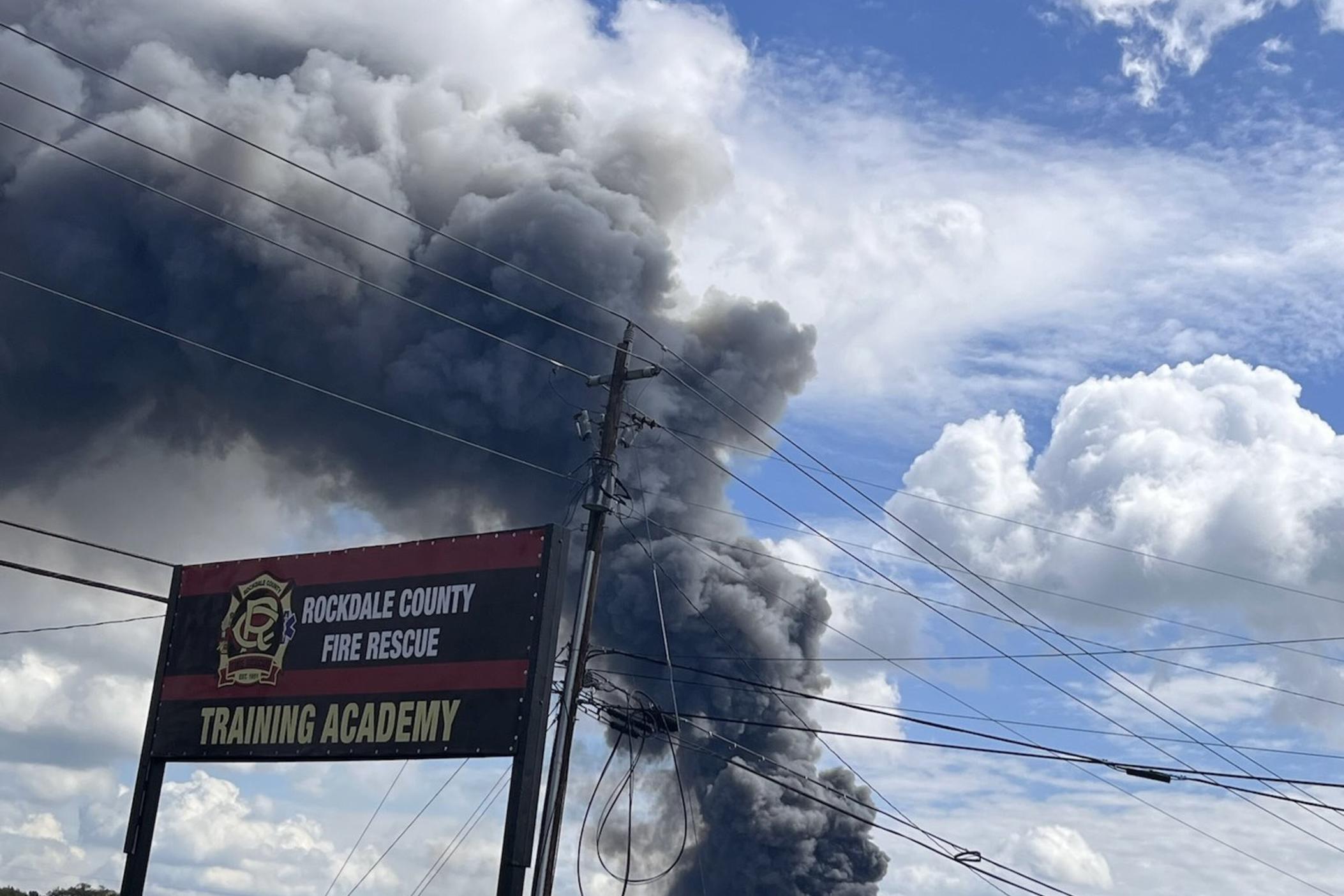
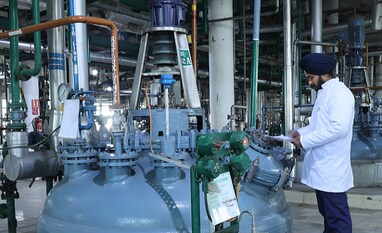
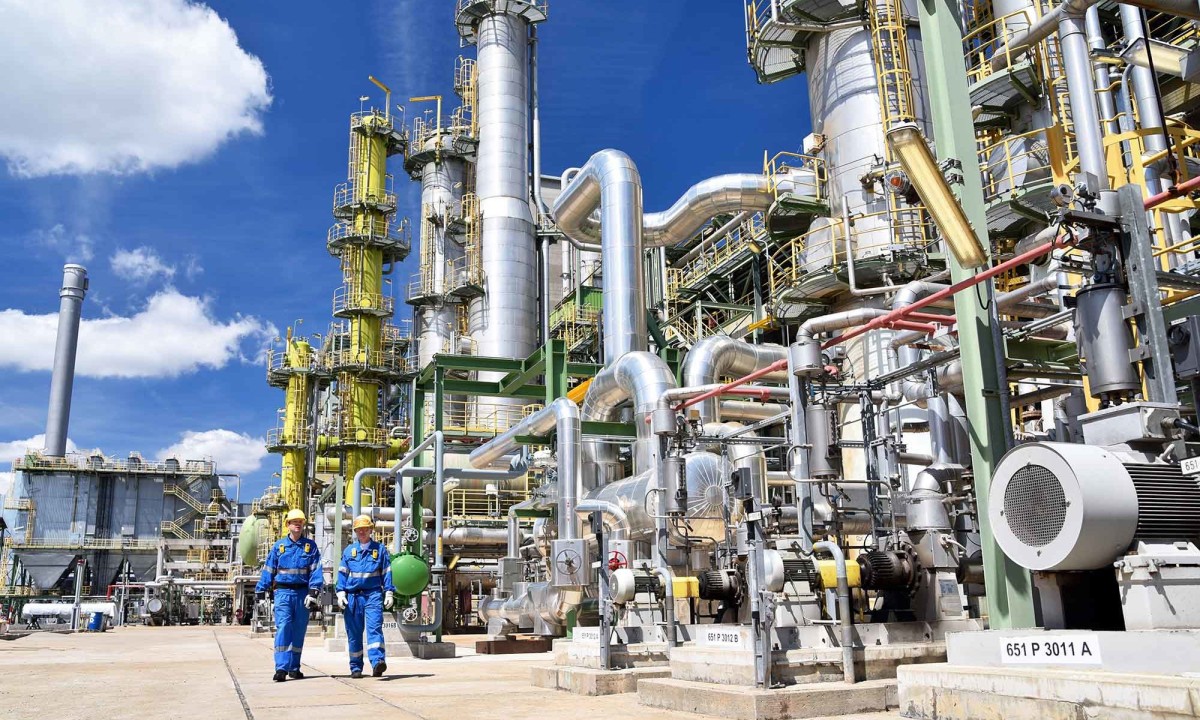
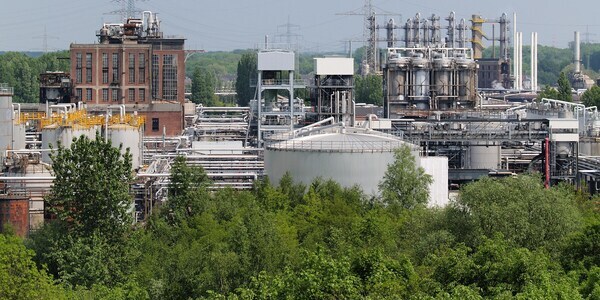



































































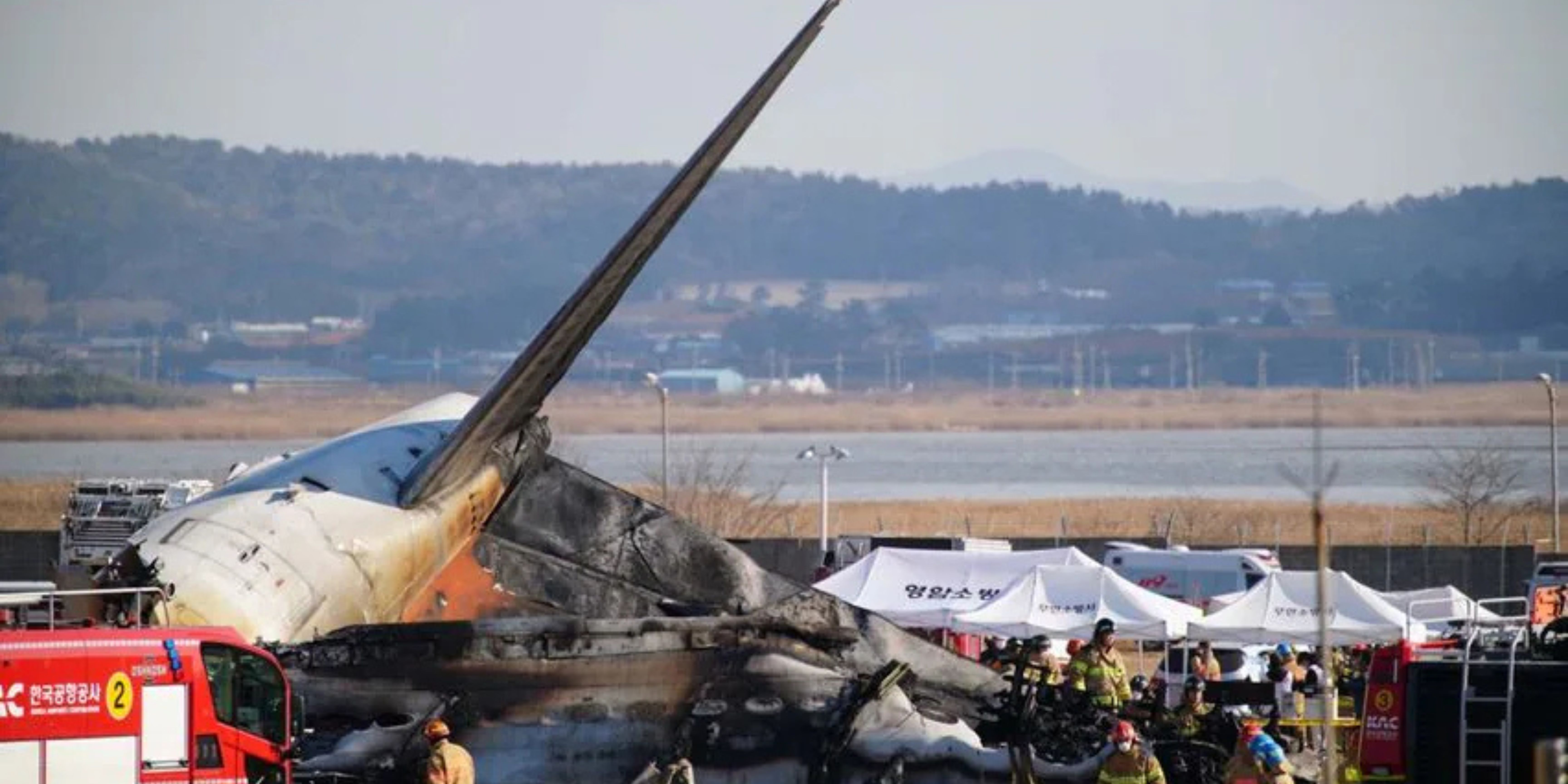























.png)
 (1).png)























